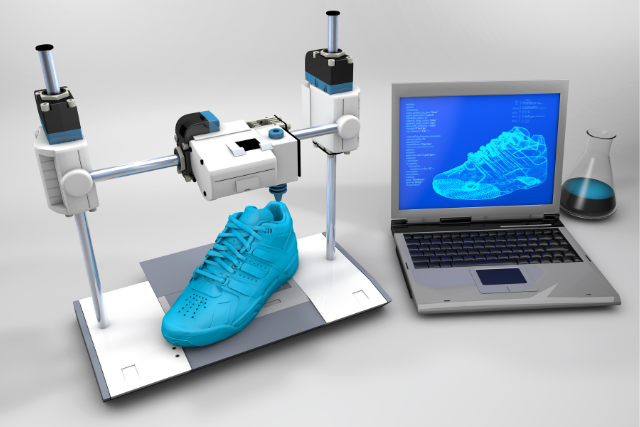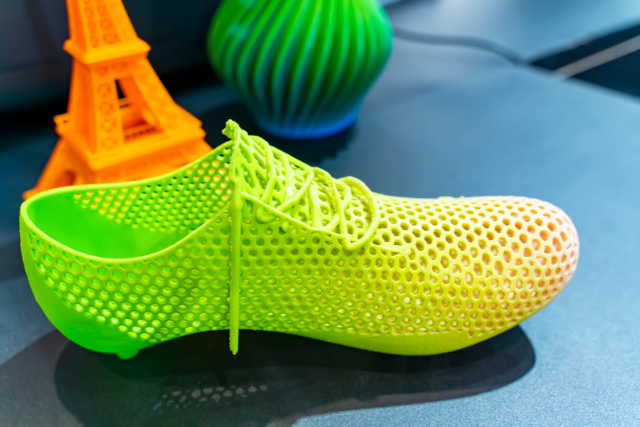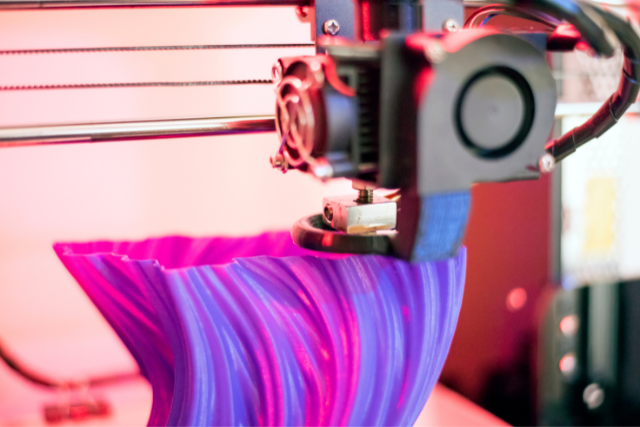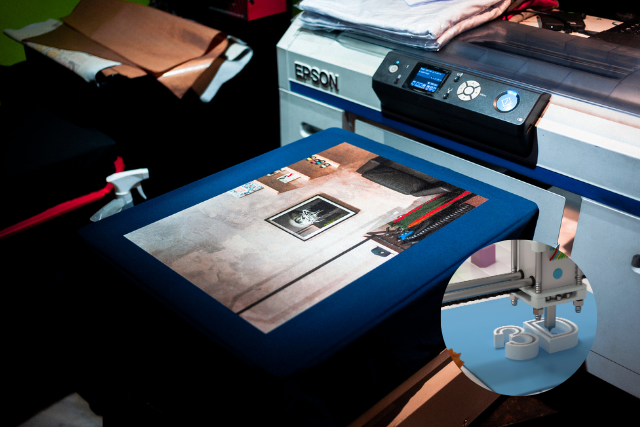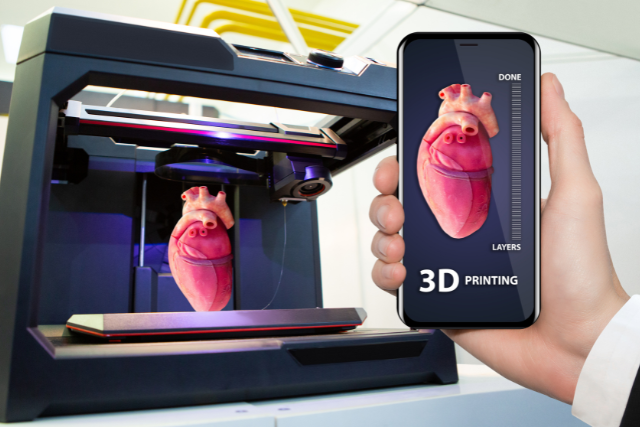Are you looking for the Best Software for 3D Printing. This article explores the best software options for 3D printing: Tinkercad, SketchUp, AutoCAD, Fusion 360, Rhino3D, Ultimaker Cura, and Simplify3D.
We know that 3D printing has transformed the manufacturing industry, and selecting the right software is crucial for optimal results.
Whether you’re a beginner or a professional, this guide will help you choose the software that suits your needs. Join us as we analyze and discuss these 3D printing software options.
Table of Contents
Key Takeaways
- Tinkercad is beginner-friendly software with a user-friendly interface and drag-and-drop functionality.
- SketchUp is a user-friendly software with a simple interface for intuitive design and a vast library of pre-made 3D models.
- AutoCAD is a high-quality software that professionals prefer for managing large and intricate projects. It provides a variety of tools and collaboration features.
- Fusion 360 is a comprehensive solution for professionals, offering design and engineering capabilities, advanced simulation tools, collaboration features, and cloud-based storage and access.
Understanding 3D Printing Software
3D printing software is an essential tool for creating and preparing 3D models for printing. Several types of software are available, each with its own features and capabilities.
CAD Software
CAD software is used to create 3D models. It enables users like engineers, architects, and designers to make intricate designs using different tools and features. These software tools are commonly employed to produce detailed models for manufacturing.
3D Scanning Software
3D scanning software is used to create 3D models from existing objects. These software tools use various techniques, including laser scanning and photogrammetry, to create accurate 3D models of objects.
Slicing Software
Slicing software is used to prepare 3D models for printing. These software tools take the 3D model and slice it into thin layers, which are then printed one layer at a time. Slicing software also allows users to adjust layer height, infill density, and print speed settings.
Printer Control Software
Printer control software is used to control the 3D printer itself. These software tools allow users to adjust temperature and fan speeds. Printer control software also allows users to monitor the progress of the print job and make adjustments as needed.
Tinkercad: For Beginners
Tinkercad is a beginner-friendly software that allows users to create and modify 3D designs for printing easily. Its user-friendly interface and drag-and-drop functionality make it ideal for those without extensive technical knowledge.
With various tools and features, such as shape generators, alignment, and measurement tools, Tinkercad is suitable for simple and complex designs.
While it may lack some advanced features and precision required for professional applications, it is a great starting point for beginners in 3D printing.

SketchUp: User-Friendly Design
SketchUp is a user-friendly software that enables intuitive 3D printing design. Its simple interface allows users to create and modify 3D models effortlessly.
The software offers a variety of tools for precise and accurate design of complex objects. Whether you’re a beginner or an experienced designer, SketchUp’s accessibility makes learning and mastering the software a breeze.
SketchUp provides a vast library of pre-made 3D models and a supportive community for inspiration and collaboration. Overall, SketchUp is an excellent choice for anyone interested in 3D printing.
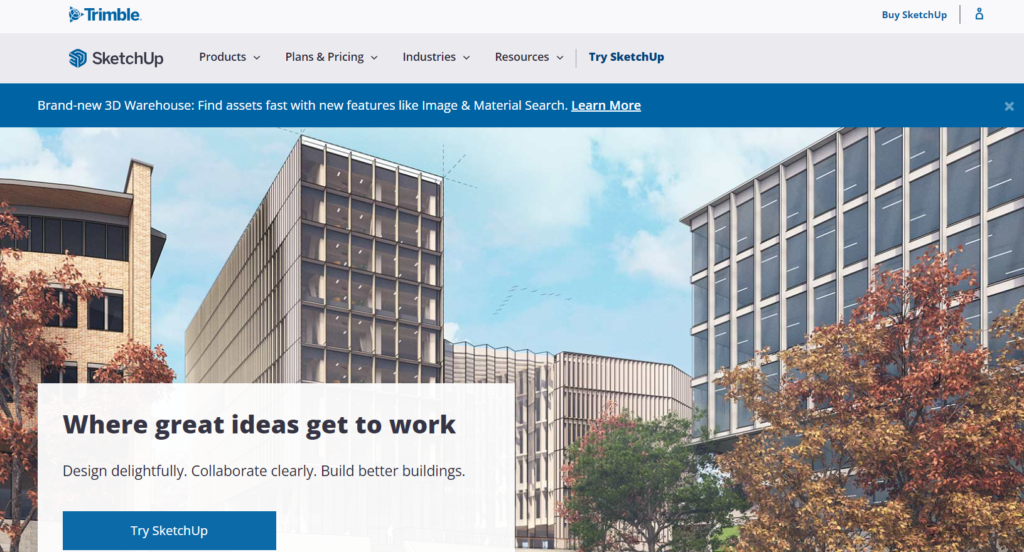
AutoCAD: Professional’s Choice
AutoCAD is widely recognized as the preferred software for professionals in 3D printing. Its extensive capabilities make it an essential tool for creating precise designs. With its continuous development, AutoCAD has established itself as a trusted software in the industry.
One of the key strengths of AutoCAD is its ability to handle large and complex projects easily. It offers many tools for professionals to create intricate 3D models and generate accurate prototypes.
The software also provides comprehensive documentation and collaboration features, enabling teams to work together efficiently.

In addition to its design capabilities, AutoCAD offers compatibility with various file formats, ensuring smooth integration with other software and hardware systems. This flexibility allows professionals to work with diverse workflows and enhance their 3D printing processes.
Fusion 360: Comprehensive Solution
Fusion 360 is a comprehensive solution designed specifically for professionals in the field of 3D printing. This software offers a wide range of features, making it an essential tool for designing, prototyping, and manufacturing 3D-printed objects.
With its integrated design and engineering capabilities, Fusion 360 allows users to create complex models easily. It also provides advanced simulation and analysis tools, enabling engineers to test the functionality and performance of their designs before printing.
Collaboration and data management features are supported, making it easy for teams to work together on projects and track changes. Additionally, Fusion 360 offers cloud-based storage and access, allowing users to work on their designs from anywhere.
Overall, Fusion 360 is a powerful and user-friendly software that caters to the needs of 3D printing professionals.
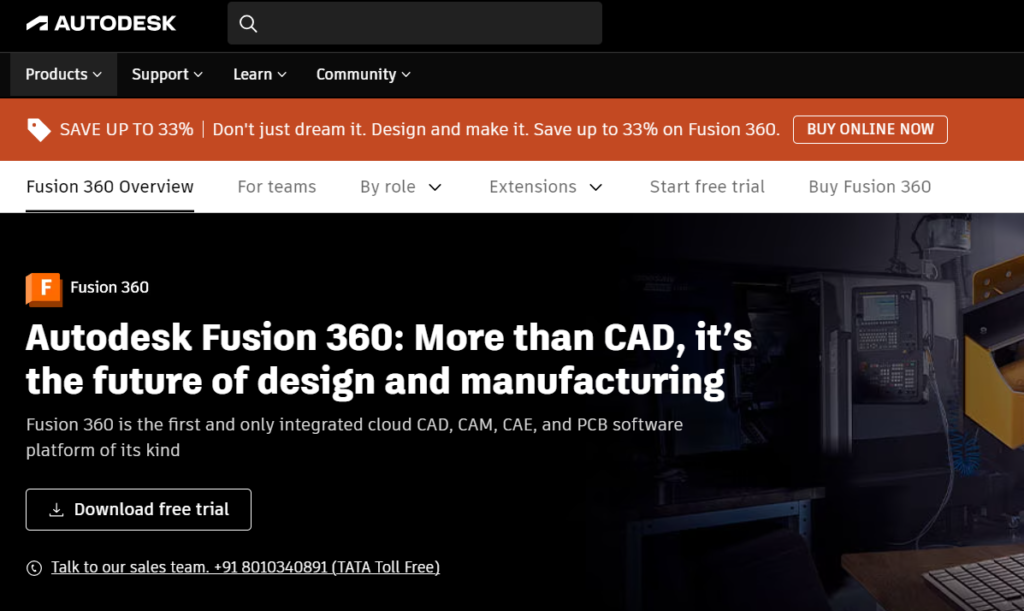
3DPrinterOS: Cloud-Based Platform
DPrinterOS is a cloud-based platform that offers innovative features for professionals in the 3D printing field. With its cloud-based architecture, DPrinterOS allows users to remotely manage their 3D printers, making it convenient for businesses and individuals.
One standout feature of DPrinterOS is its compatibility with various 3D printer brands, such as MakerBot, Ultimaker, and Prusa. This ensures easy integration of existing printers into the platform.
Another notable feature is the user-friendly interface, where users can upload, prepare, and monitor their 3D printing jobs. DPrinterOS also provides advanced slicing capabilities for optimized print settings.
Regarding security, 3DPrinterOS prioritizes data protection using encryption and secure authentication protocols.

Rhino3D: Versatile Modeling Tool
Rhino3D is a versatile modeling tool widely used in the 3D printing industry. It offers professional-grade capabilities and a wide range of features for handling complex 3D models and precisely creating intricate designs.
The software includes surface modelling, mesh editing, and parametric modelling functionalities, making it suitable for various applications.
One of Rhino3D’s strengths is its intuitive interface, allowing users to navigate seamlessly through the modelling process.
It also provides robust rendering capabilities for realistic visualization. The software supports multiple file formats, ensuring compatibility across different platforms.
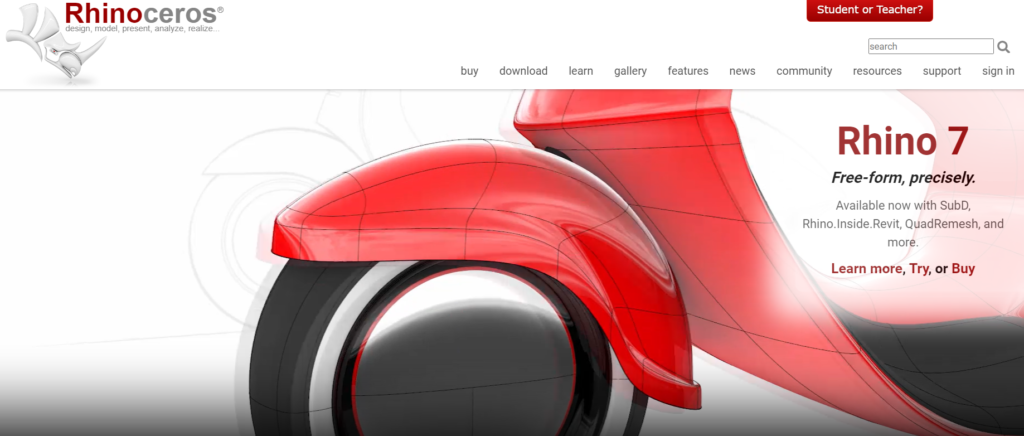
Ultimaker Cura: Powerful Slicer
Ultimaker Cura is a powerful slicer software for 3D printing that offers advanced features and efficient slicing capabilities. Its intuitive interface and extensive customization options allow users to optimize their prints for maximum precision and quality.
Cura supports a wide range of 3D printers and provides features like print time estimation, material optimization, and customizable support structures.
One notable feature of Cura is its strong slicing engine, which enables precise control over various print settings. Users can adjust parameters like layer height, infill density, and print speed to achieve the desired level of detail and strength in their prints.
The software also offers advanced support generation algorithms, ensuring complex geometries can be printed with minimal support material and easy removal.
In addition to its slicing capabilities, Cura provides post-processing features, including mesh repair and file analysis tools. These features help identify and fix potential issues with 3D models before printing, saving time and materials.
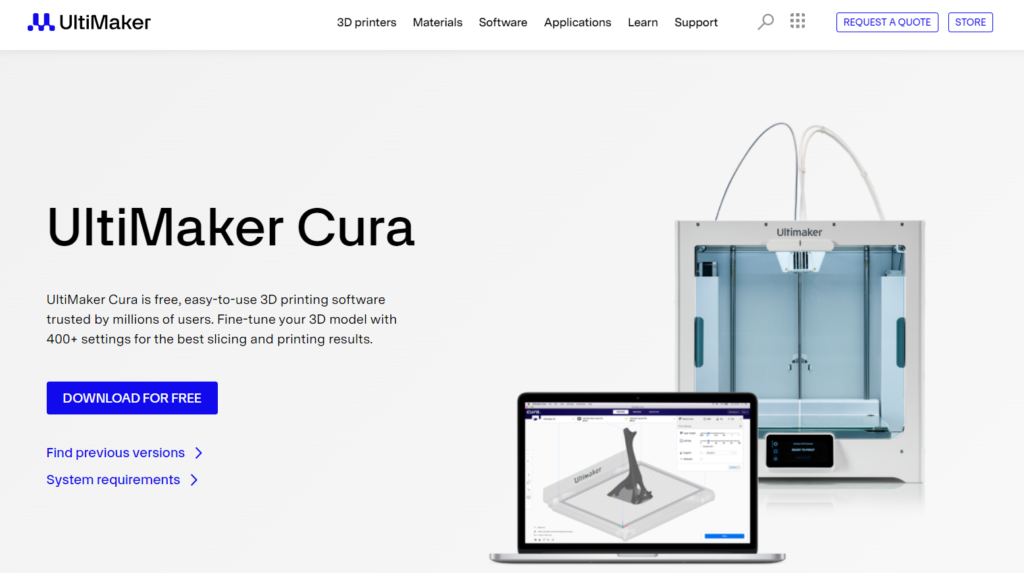
Simplify3D: Worth the Cost
Simplify3D is a comprehensive 3D printing software with advanced features and functionality. It provides users with various tools and settings that offer precise control over the printing process.
These include customizable supports, advanced slicing algorithms, and the ability to optimize print settings for different materials. Such control and customization are valuable for professional users or those seeking high-quality prints.
One of Simplify3D’s key advantages is its ability to generate support structures tailored to the specific geometry of the model. This ensures better print quality and reduces the need for post-processing. The software’s advanced slicing algorithms result in faster print times and improved surface finish.
However, Simplify3D’s main drawback is its price, which is relatively higher than other 3D printing software options. This may discourage some users, especially hobbyists or individuals on a tight budget, from investing in the software.
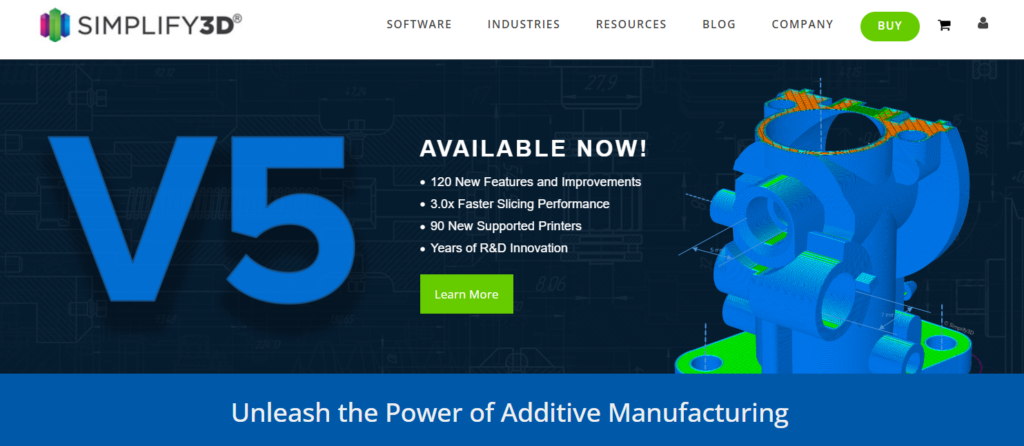
Choosing Your 3D Software
Choosing the right 3D software for your printing needs requires careful consideration of various factors.
Understanding Software Needs
To effectively select the right 3D software, carefully assess your requirements. This will help you make an informed decision and ensure you have the necessary tools to meet your goals.
- Design Capabilities: Evaluate the software’s design features and capabilities. Consider if it supports the designs you want to create, such as complex geometries or intricate details. Look for features like parametric modeling, mesh editing, and support for advanced design techniques.
- File Compatibility: Check if the software supports your common file formats. Compatibility is crucial for seamless integration with other software and collaboration with colleagues or clients. Look for software importing and exporting various file formats, including STL, OBJ, and STEP.
- User Interface and Ease of Use: Consider the user interface and ease of use. Look for software that offers a clean and intuitive interface with well-organized menus and toolbars. Ease of use is essential for efficient workflow and productivity.
Comparing Popular Options
Autodesk Fusion 360 is a widely used 3D printing software option that offers a comprehensive suite of tools for designing, simulating, and manufacturing 3D models. With its intuitive interface and robust features, Fusion 360 is a favorite among professionals and hobbyists alike.
Ultimaker Cura is another popular option that provides users with a user-friendly interface and a wide range of customization options. This open-source software supports a variety of file formats and offers advanced features such as slicing, mesh repair, and print settings optimization.
Simplify3D is highly regarded in the 3D printing community for its advanced slicing capabilities. It allows users to optimize print settings for speed, quality, and material usage. Additionally, Simplify3D offers features like customizable support structures and multi-material printing.
When choosing your 3D software, consider your specific needs, budget, and level of expertise. The best option will ultimately depend on your individual requirements and preferences.
Budget Considerations
When considering the financial aspect of selecting a suitable 3D software, it is crucial to evaluate the cost-effectiveness of each option in relation to the previously discussed features and capabilities.
- Pricing Models: Different software providers offer various pricing models, such as subscription-based, pay-per-use, or one-time purchase. Analyze your usage patterns and choose a pricing model that aligns with your budget and long-term needs.
- Additional Costs: Apart from the software itself, consider any associated costs like maintenance fees, updates, technical support, or training. These costs can significantly impact your budget over time.
- Value for Money: Assess the value you will gain from the software in relation to its cost. Consider the software’s features, ease of use, compatibility with existing systems, and level of support provided. Aim for a balance between affordability and functionality to maximize your return on investment.
User-Friendly Interface Importance
A well-designed interface allows for seamless navigation and efficient workflow management, enhancing the overall 3D printing experience.
It should provide intuitive controls and easy customization, enabling users to efficiently design and prepare models for printing. Additionally, the software should offer accessible and well-organized tools for tasks such as slicing, scaling, and adding supports.
By emphasizing a user-friendly interface, individuals can maximize productivity, reduce frustration, and achieve better results in their 3D printing endeavors.
Community and Support
Consider the level of community engagement and support available. A strong community provides valuable resources, such as forums and tutorials, to help you overcome challenges and learn new techniques.
Reliable support from the software developers ensures prompt resolution of technical issues and bug fixes, minimizing downtime and frustration.
Software with a wide range of learning resources, such as tutorials and documentation, supports your learning journey and helps you master the software efficiently.
Software Updates & Maintenance
Keeping your software up to date ensures access to the latest features, bug fixes, and security patches, as well as future-proofing your investment.
Some key factors to consider when choosing the right 3D software include update frequency, the reputation of the provider, and availability of technical support.
Opting for software that offers regular updates, prompt bug fixes, and responsive customer support can save you time and frustration, allowing you to focus on your 3D printing projects.
Frequently Asked Questions
What Are the System Requirements for Running Tinkercad?
Tinkercad, a popular software for 3D printing, has specific system requirements to ensure optimal performance.
These requirements include a compatible operating system, sufficient RAM and storage, and a graphics card with certain capabilities. To run Tinkercad smoothly, your computer needs to meet these requirements. Let’s take a closer look at what they are.
Can Sketchup Export Files in a Format That Is Compatible With 3D Printers?
Yes, SketchUp has the capability to export files in formats that are compatible with 3D printers. This allows users to easily transfer their designs from SketchUp to a 3D printing software for printing.
SketchUp provides a seamless workflow for users to explore the realm of 3D printing and unleash their creativity.
Users can embrace the freedom of designing in SketchUp and then effortlessly export their models for 3D printing, making it an essential tool for those in the 3D printing landscape.
Is Fusion 360 Suitable for Both Individual Designers and Large-Scale Manufacturing Companies?
Fusion 360 is a versatile software that caters to the needs of both individual designers and large-scale manufacturing companies.
With its comprehensive features and collaborative capabilities, it enables efficient design processes and seamless integration in various industry applications.
Whether you’re an individual designer looking to unleash your creativity or a manufacturing company seeking to streamline your production, Fusion 360 provides the essential tools and functionalities to explore new possibilities and elevate your design workflow.
It embraces the freedom of creativity and offers a plenty of features that are crucial for both individual designers and large-scale manufacturing companies.
How Does 3DPrinterOS Ensure the Security and Privacy of Users’ Designs on Its Cloud-Based Platform?
3DPrinterOS prioritizes the security and privacy of users’ designs on its cloud-based platform. This is achieved through the implementation of robust encryption protocols, user authentication mechanisms, and regular security audits.
These measures effectively protect against unauthorized access and data breaches, ensuring the confidentiality of sensitive information.
Does Simplify3d Offer Any Additional Features or Benefits Compared to Free Slicing Software Like Ultimaker Cura?
Simplify3D offers advanced features and benefits compared to free slicing software like Ultimaker Cura. Its capabilities include customizable supports, multi-material printing, and precise control over print settings.
This optimization of the 3D printing process is especially valuable for professional users. Simplify3D allows for greater customization and control, enhancing the overall printing experience.
Conclusion
Selecting the right software for 3D printing is crucial for achieving optimal results. Tinkercad is ideal for beginners due to its user-friendly interface, while SketchUp provides a seamless design experience.
AutoCAD is a preferred choice for professionals seeking advanced features and functionalities. Fusion 360 offers a comprehensive solution with its collaborative capabilities.
Rhino3D stands out for its versatility in modeling. Ultimaker Cura is a powerful slicer, and Simplify3D is a cost-effective option.
I hope now you can make an informed decision when choosing 3D printing software. Whether you are a beginner or an experienced user, there is a software tool out there that can help you take your 3D printing to the next level.

